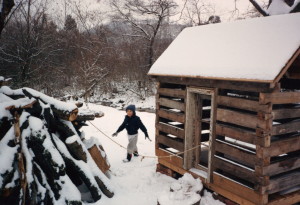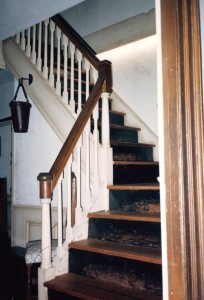This home broke my heart
I’ve attached three photos… the first two are of the house the day we met. The other was taken during her “finer days”.
The house didn’t look all that bad as I approached from a distance but once I entered and began to explore, the more I realized that almost every piece of this incredible home, from the basement… to the rafters, was rotten or termite ridden.
She was still standing, but a complete loss.
🙁
Originally posted 2015-03-13 16:04:08.





















